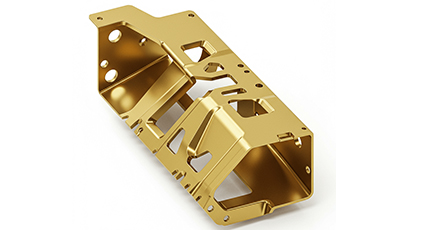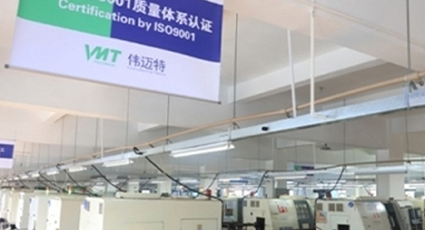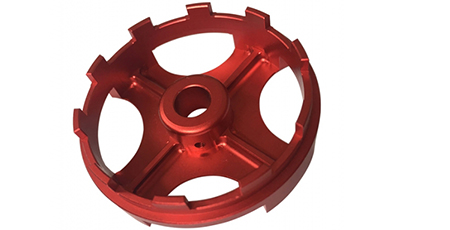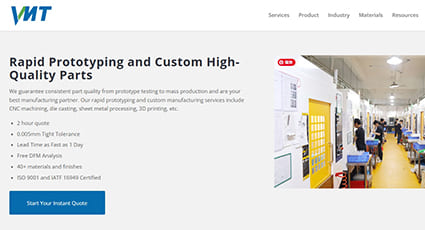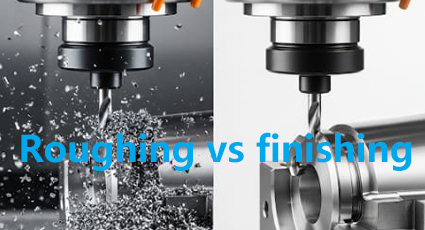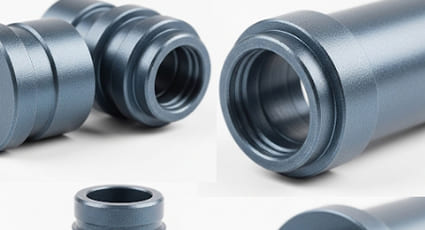A sheet metal prototype is a physical representation of a product made from sheet metal to test form, fit, and function before full-scale production. Unlike plastic…
We specialize in cnc prototype service with 3 day delivery, tolerances of 0.005 mm, and surface finishes matching high standards. Our prototype cnc machining services…
Metal plating significantly improves the durability, visual appeal, and performance of CNC machining parts across diverse industries. At VMT, advanced CNC technology…
The numbers 18/8 and 18/10 refer to the composition of stainless steel, specifically the percentages of chromium and nickel. The difference lies in their nickel content…
18/10 offers superior corrosion resistance and a high-end, polished appearance thanks to its higher nickel content. 304 stainless steel is more cost-effective…
Enhance your CNC aluminum parts with 8 effective surface finishes including anodizing, powder coating, bead blasting, polishing, brushing, electroplating, PVD coating…
It is the top 10 CNC Machining Parts Manufacturers in China. They trusted names known for delivering high-quality parts, reliable service, and industry expertise..
Roughing rapidly removes the bulk of material, bringing the workpiece close to its final shape, while finishing…
Hard oxidation create a highly durable and wear-resistant oxide layer on various metal substrates. By transforming the surface into an extremely hard and dense ceramic-like coating, hard oxidation dramatically enhances..
Micro-arc oxidation is an electrochemical surface treatment that creates a hard, dense, and corrosion-resistant ceramic layer on light metals and their alloys..

